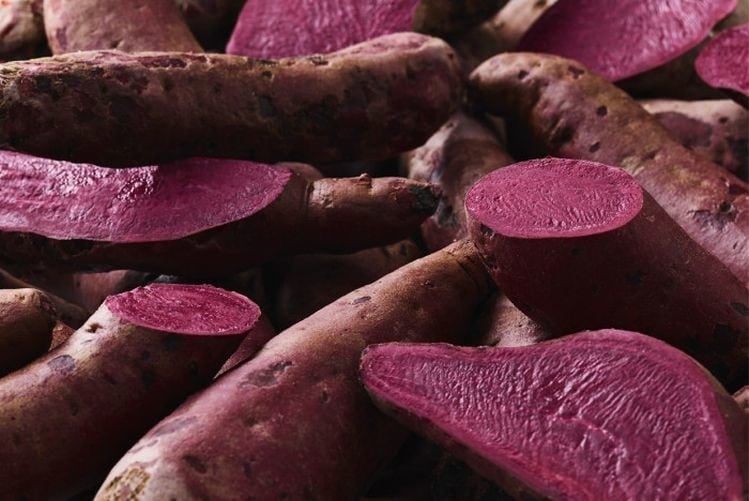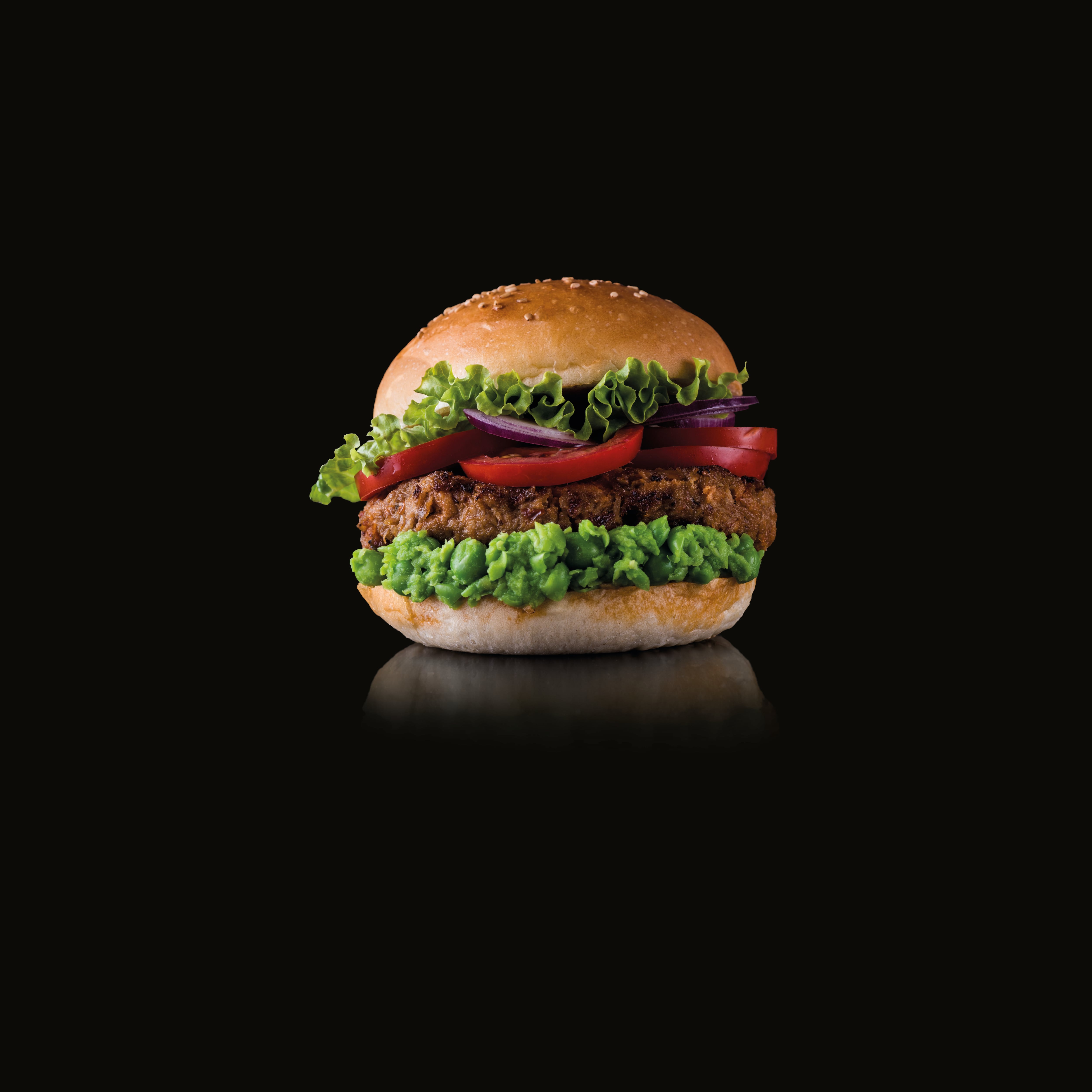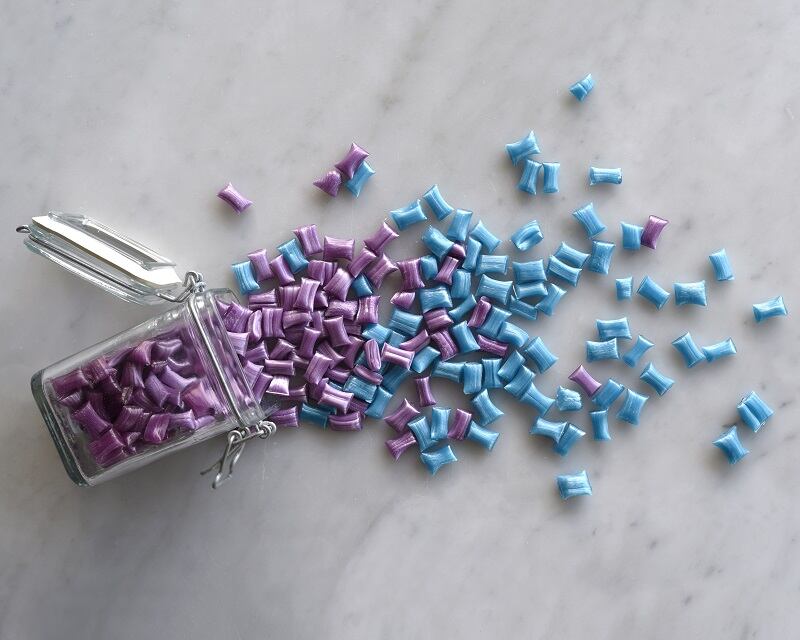While artificial pigments can be preferred by formulators for their vibrant colouring, growing customer demand for clean label is encouraging developments in the natural colours category.
As Plant Lipids UK (the British arm of Indian exporter Plant Lipids) told FoodNavigator last year, the colours industry has well and truly been impacted by demand for clean label offerings.
“The boat really sailed for colours a few years ago,” commercial director Paul Farrow said at the time. “Everyone used to use synthetic colours, now everyone has moved across to predominantly natural colours. I’d say 90% of the industry uses natural colours.”
So what are the latest trends in this already popular category? And which of these will be ‘on show’ at next week’s Fi Europe CONNECT 2020?
Fake meat…and the real thing!
Plant-based is one of the biggest trends of 2020, and unsurprisingly, this is reflected in the natural colours market.
For Dutch ingredients supplier GNT, which will be speaking at the event, in the ‘plant-based 2.0 era’, it’s ‘more important than ever’ for products to carry clean and clear labels – as well as great taste, texture, smell and colour. GNT sells its natural colours under the Exberry brand.
Lorraine Jansen, GNT’s Content Marketing Specialist, told FoodNavigator the company’s Coloring Foods range is a “perfect colouring solution because they’re made from fruit, vegetables and plants, with no chemical solvents”.
Acknowledging the formulation challenges that can exist when using Coloring Foods for these applications, Jansen said the company has placed a ‘strong focus’ on developing solutions to help manufacturers create realistic meat, fish and dairy alternatives using clean label colours.
Natural food colours are sourced from vegetables, fruits, plants, minerals, and other edible natural sources.
The Natural Food Colours Association (NATCO) defines them as “preparations obtained from foods and other edible natural source materials obtained by physical and/or chemical extraction resulting in a selective extraction of the pigments relative to the nutritive or aromatic constituents”.
US based DDW, The Color House, which will be speaking at Fi Europe CONNECT, supplies caramel colour, burnt sugar and natural colourings for the food and beverage industry. The company also has expertise in colours for plant-based applications.
While colour may be one of the last ingredients on a food or beverage label, the company suggests that both the colour choice and implementation can ‘make or break’ a plant-based product.
On the other side of the coin, Dutch-headquartered Sonac will be presenting its natural colours for meat-based products at the event.
Its QColor Pork Harimix, for example, is designed to colour the meat – and not the fat – in ham, as well as in both dried and fermented sausages. “Harmix is a stabilised haemoglobin, a natural red coloured protein which is partly responsible for the distinctive natural colour of meat,” the company explained.
“Harmix is a red coloured protein which can intensify meat proteins, but leaves fat, packaging or anything else unaffected.”
Social media drives vibrant colour demand
Another key trend coming through the natural colours space is ‘colour for impact’.
Market insights firm Mintel picked up on growing demand for bright foods, and in particular purple foods, last year. At the time, Mintel director for food and drink content, EMEA, Chris Brockman, told FoodNavigator that social media – and in particular the visual platforms Instagram, Facebook and Twitter – was a key driver in growing the purple trend.
“Purple works well with social media,” we were told. “It’s a standout colour”. Other colours to fall under the ‘colour for impact’ trend include blue, green, and other ‘rare’ pigments currently trending in the food industry.
GNT similarly told this publication there is ‘huge demand’ for ‘powerful colours’ that can make a real impact on social media.
“Coloring Foods can deliver vibrant, Instagrammable shades from across the rainbow, while maintaining clean and clear labels,” said Jansen. “As a result, it’s possible to create head turning products without compromising on their appeal to shoppers.”
Again, clean label has a role to play in the ‘colour for impact’ trend, GNT’s Content Marketing Specialist suggested.
“Consumers want to understand what they’re eating and feel a sense of reassurance when they turn to the ingredient list. Coloring Foods can inject some excitement into products’ appearance using recognizable, reassuring ingredients like carrots, radishes and spirulina.”
For the full line-up of topics, speakers and exhibitors at Fi Europe CONNECT 2020, click here.





